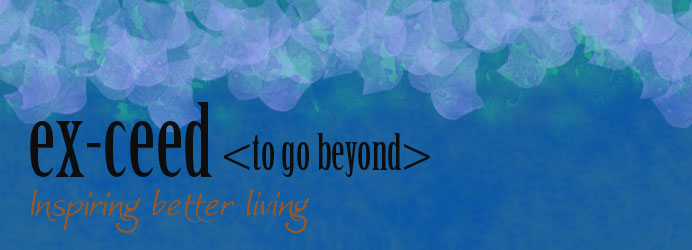Alcohol and cannabis use has declined; as has general illicit drug use in the community, according to the latest research. But this same research indicates individual usages in tighter demographics of society are on the increase. Some other surprising revelations were made by Professor Steve Allsop, Director of the National Drug Research Institute (Australia) at the Perth Work Safe Forum 2009.
Workplace Considerations
Drug Testing
Prof. Allsop didn’t seem to be an advocate of drug testing being that urine testing is now being found not as reliable a predictor for impairment as was once assumed; urine testing only confirms metabolites—that an employee has or hasn’t ‘used’ sometime in the measurable past.
Urine testing is also considered invasive. Other factors like large weight loss during the testing period can skew results, particularly regarding cannabinoids where fatty deposits are secreted in abnormally high volumes during these and other times.
Saliva testing was favoured because it predicts impairment better, but with the stated acknowledgement that cannabis use is not easily detected because it isn’t water soluble—only very recent use will be detected.
According to Prof. Allsop, “drug testing is not [the] magic bullet” some might think it is. In fact, there is “no strong evidence from controlled studies that drug testing reduces drug problems.”
A&OD Usage Patterns & Potential Workplace Impacts
Regular users of A&OD appear to present less cause for concern for employers and authorities as usage is managed more responsibly than say for the binge user—the concern for this demographic is the long term health consequences of prolonged use.
Workplace A&OD programs should therefore target binge usage toward intoxication, and secondarily, look to identify and support those A&OD dependents’ with Employee Assistance Programs (EAP) and the like. Dependence, as we already know, tends—though not always—to show up in employees’ work performance.
Blending A&OD Strategies with Other Programs/Systems
A&OD strategies carry an obvious stigma. To de-stigmatise the proactive steps companies should take, the strategies can be melded covertly into other programs and systems to protect, and provide for, their success and also make them more naturally attractive for those who might partake in (and need) them.
Poorly designed and implemented, though well intended, strategies can actually make matters worse.
The “Golden Triangle” (in Understanding Drug Issues)
Holistic views on A&OD matters and issues are best facilitated via a tripartite view considering the individual (health, gender, age etc), the drug (e.g. pharmacology, amount, how often etc), and the environment (time, place etc).
Generally Interesting A&OD Myths (backed by Research)
1. MYTH: Cannabis grown these days is significantly higher in active THC than generations past and is therefore significantly more potent. FACT: There is evidence to suggest THC levels are higher but not always significantly higher. Growing methods may enhance potency.
2. MYTH: Illicit drug use is on the increase. FACT: Generally this is not so, except in the cases of ecstasy and amphetamine. Cannabis usage has declined markedly (38 percent drop) over a very short space of time. Those using drugs, however, are using more and more often, and this is the key societal concern presently (especially amongst young people; though interestingly fewer young people overall are using A&OD as compared with 15 years ago).
3. MYTH: All drink drivers are dangerous. FACT: Evidence suggests it’s not really the regular (“drip, drip”) drinker who’s most prone to cause mayhem on the roads. It is the younger driver who’s both inexperienced in driving and driving (and who mixes the two) that research suggests is the biggest concern.
INTERESTING FACT: Three in four males used to smoke tobacco. That figure is now less than 20 percent.
CONCLUDING NOTE: I’d have preferred to reference the quotes herein, however, Prof. Allsop’s paper is not yet available online and wasn’t included as part of the package from the Forum.
